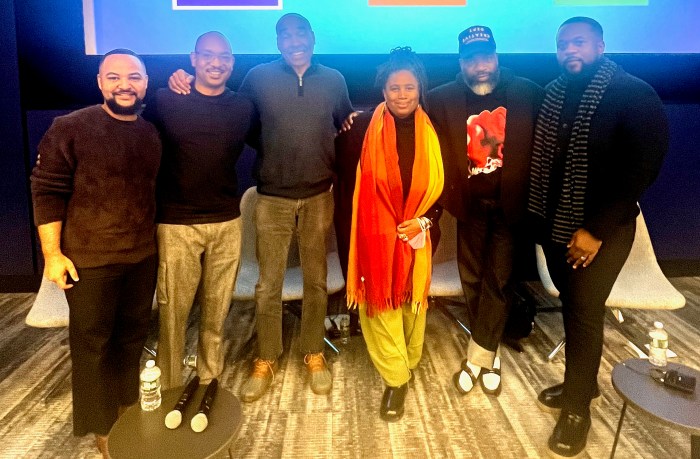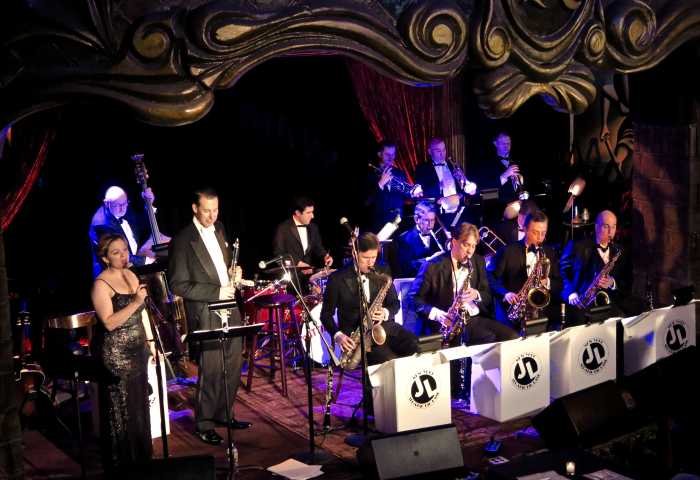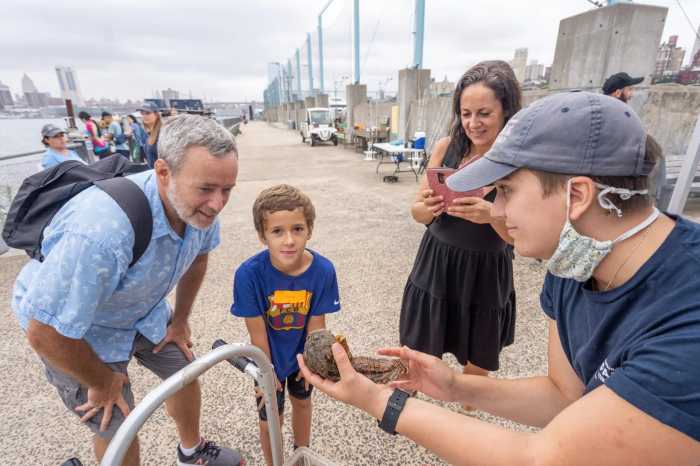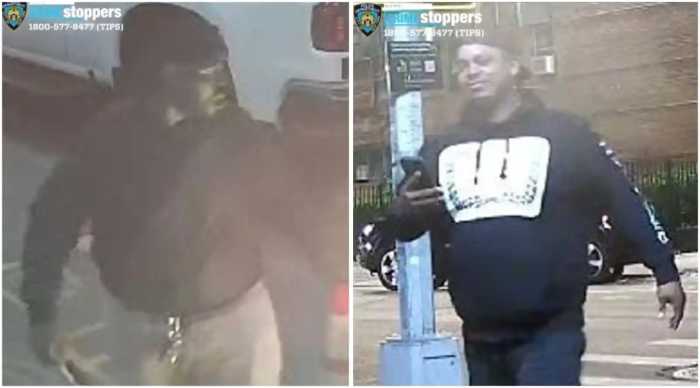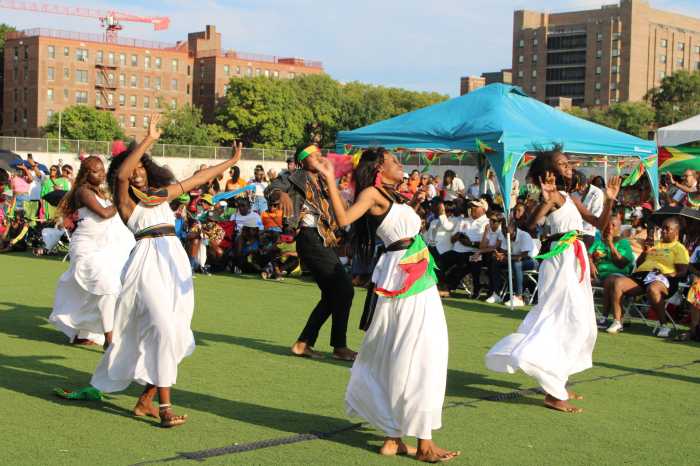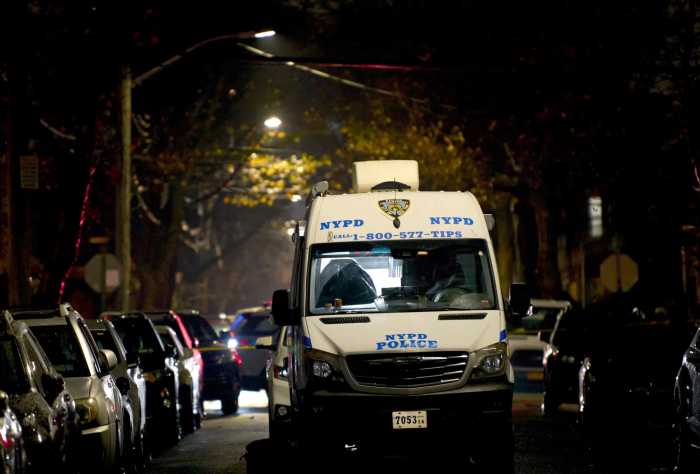You walk down a set of dark stairs and once inside need to wait a second for your eyes to adjust to the bright interior light. Turn the corner and you run into a beautiful man. Half-naked. One hand pulling up his shirt while the other is snaking its way down his pants. The body is perfect, smooth, and he’s giving off some crazy energy, a psychedelic aura or something. The guy is electric. He’s all that you could ever want in an erotic fantasy. Then you move on. He’s only the first of many to see. There are so many more men lining this black-painted basement hallway… just like him.
There, a few down, bathed in blue light is another. His face is obscured, but his dick is pointing in your direction, Uncle-Sam-Wants-You style. There’s one over there with a Valkyrie goddess tattoo stretching across his right thigh. Or even better, the hot little number, lying on his back, wearing nothing but calf-high leather boots and an erection, choking on the biggest black dildo you’ve ever seen.
Jack-off club? No. Sex party? Probably not. (They don’t usually serve wine and cheese at those).
The occasion is SexComa, an exhibit at the Leslie-Lohman Gay Art Foundation in Soho, acollection of erotic drawings from The Queer Men’s Erotic Art Drawing Workshop, coordinated by Harvey Redding, who is also the curator of this titillating, inspiring and historical show. (Each week at the foundation, two groups of twenty or so artists gather around a nude model posing suggestively— sometimes obscenely. Highlights from the workshop are what is on view.)
Viewer interaction may not be encouraged, but you can drool all you want—and not just over the bodies, but over the talent, too. The men pictured may come in mainly one shape (big, muscular and often tattooed), but the spiriting thing is how diverse the approaches of the 50-odd artists on display are. Many of the artists are professional erotic illustrators, and their work stands out: it''s recognizable from the pages of erotic magazines like Torso or Men. But what''s different about their work here is how much more personal it seems.
Robert W. Richard’s drawings in particular have that airbrushed, licked-chocolate patina. In “Curtis,” he draws the subject bent over, pulling apart his perfectly round, hairless buttocks, displaying the candy in the middle that you can admire but not eat. It''s quite a scene. But what’s touching and different is that Curtis is looking back over his shoulder: a real man, a real face, with a wink in his eye (or is the wink somewhere lower?) showing you what a good time he, and the artist, are having.
With this exhibit, you start to wonder about accuracy in a way you wouldn’t in a photography exhibit. Are the men truly as bodacious as the drawings claim, or is it the artists’ imaginations that are “overworked?” Though the point of the show is that it’s perhaps the first open workshop that poses men erotically—an umbrella that covers fetishes like cowboy boots and hats, uniforms, jock straps, and dildos in addition to the physical poses—not the sort of work you’d see come out of a regular life drawing class, the poses are often prop-less but often quite provocative: splayed legs, buttocks proffered, couples embracing.
I found myself attracted to studies that were simpler in both scenario and style. Even excepting the work of professional illustrators, the level of work on display is uniformly high, ranging from the realistic to the abstract.
David Lees’s simple, elegant line in conté crayon captures the models’ beauty in timeless expression. His drawings remind me of Ellsworth Kelly’s drawings of flowers: beauty reduced to simple form. Jon Pirman’s iris prints have a similar reductionist style. Though they seem a touch removed from the emotion that sparked many of the other artists’ works; the prints soothe with their abstract overlays in colors like periwinkle and lilac.
Tom Saettel’s work shares a simplicity with Lee and Pirman; though drawing in pencil, his work is both more fanciful and refined, harkening back to Jean Cocteau’s drawings of the 30s and 40s. Leroy King of Art (a pun, no doubt, on le roi, French for king) is clearly inspired by Andy Warhol’s early erotic-tinged illustrations. He draws with Andy’s signature dotted ink line and even loads gold leaf onto his drawings, though Leroy does it to accentuate certain body parts, like a ball sac playing peek-a-boo. Leroy’s bawdy sense of humor keeps his homage from becoming slavish. Above a drawing of one man, his butt sticking up in the air in a downward-facing-dog pose, Leroy writes the word “Home.”
But above the individual styles of the artists, it is the faces of the models that you remember most. By turns pensive, jubilant, and impassive, the faces evidence not just their own expressions, but reflect the complicated feelings the artists have for them. Lust is there, amply.
But there is also a kind of tenderness, and perhaps protectiveness. One artist presented a triptych: each the head of a different model, each facing the same direction. How touching that with all the willies proffered, one artist had the will to capture the men’s souls.

